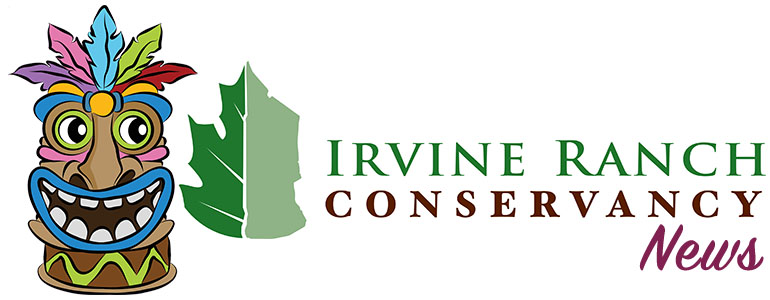
Irvine Ranch Conservancy (IRC)’s “community science” bird monitoring efforts within OC Parks’ Limestone Canyon Nature Preserve, Agua Chinon Canyon and Weir Canyon are making a difference in the preservation of Orange County’s urban wildlands. The ongoing data findings collected through this project help IRC understand the impact of our restoration efforts and inform our management decisions.
“Our volunteers are very accomplished birders involved with the Audubon Society,” said Robert Freese, Restoration Ecologist and Program Manager for Irvine Ranch Conservancy. “The data they collect help us understand migratory bird populations, and how they are impacted by natural disasters like wildfire.”
Volunteers go between six routes within the canyon sites to survey bird populations several times a year. The sites were chosen for a variety of reasons. Limestone Canyon, an area surveyed since 1996, has the most historical data of the three sites. Continued surveys in this area give IRC the best opportunity to track changes in bird populations and activity over time. The Agua Chinon Canyon site, an active habitat restoration area, was chosen to better understand the effects that habitat restoration has on bird populations. The Weir Canyon surveys were set up in 2018 to study the impact of wildfire on bird communities after the area burned in the Canyon 2 fire.
Using a “Point Count Survey” method, in teams of 2-3, volunteers go to specific points on the land and count every bird that they see or hear for five-minute intervals, recording the total number and species of birds observed. One person focuses on detecting the birds while another person records the data and times the survey. Surveys take place during the spring migration period of April-June and the fall migration of September-October. An additional count of overwintering birds occurs in January. Freese works with Chris Eljenholm, Program Coordinator for IRC, to analyze the data collected by the volunteers, which helps inform land management decisions and prioritize restoration and enhancement efforts.
Data collected by the volunteers in recent years suggests local bird populations are resilient and capable of rebounding after a wildfire event. Following the Bond and Silverado fires in 2020, bird populations dropped by approximately half but rebounded in 2021. Although data are still being collected and processed, a preliminary analysis suggests riparian and coastal sage scrub habitat restoration in these areas has helped these populations recover more quickly.
“It’s hard to truly see patterns unless you take a long-term perspective. Trends may not materialize for a decade or more, but this work creates a baseline for future surveys,” said Freese. “As we do this on an ongoing basis, the longer these surveys are conducted, the more valuable our data sets are. They help us conceptualize the impact of our efforts to rehabilitate our lands and improve habitat for wildlife. The contribution of our volunteers is so important to this effort and will have a tremendous impact on the land for years to come.”
For more information about the Irvine Ranch Conservancy and restoration efforts on the Landmarks, visit IRConservancy.org.
